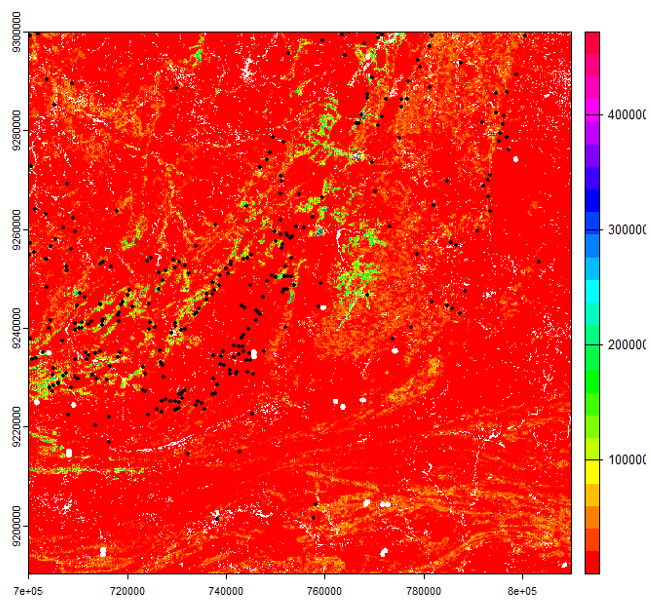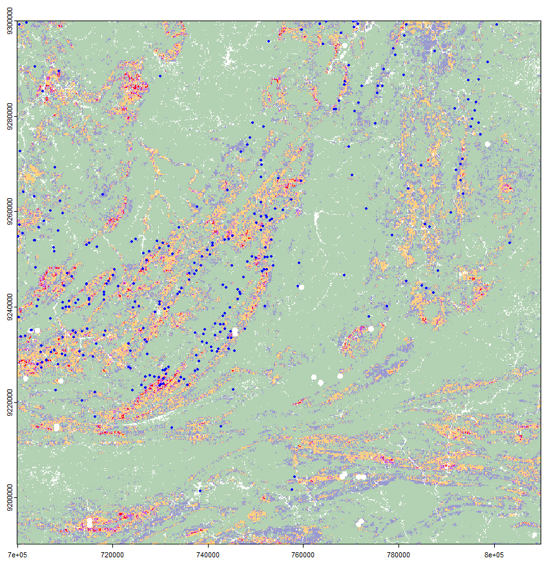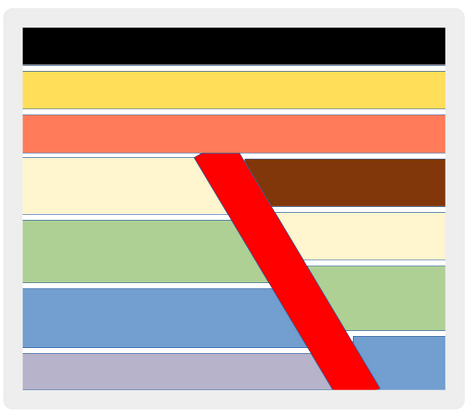Targeting in Mineral Exploration
A case Study
Mineral exploration targeting is the identification of potential areas or zones favorable for the discovery of economic production of a certain mineral. It is based on existing data, new interpretation of existing data and integration of the information gathered.
The main goal is to expedite the exploration process and, consequently, reduce the cost of doing it.
Targeting, under other names, was always used by geologists to narrow down the prospect area and to achieve the best results possible. Modern geologists with today’s technological advancements (such as better computing power, access to geospatial and geophysical data, and Geological Surveys making available their databanks) allowed us, using some new software and programming scripts, to delineate zones (targets) in a process called mineral exploration targeting. This was the subject of this case study and detailed description of this process using real data achieved a positive outcome.


The resulting targeting allowed us to identify the Tungsten (W) probabilities regionally. The case study documents, resulting rasters and supporting files can be found below.
Tutorials
| PART 1 - Data Preparation | |||
| PART 2 - Additional Data Extraction and Validation | |||
| PART 3 - Preliminary Target Areas Identification | |||
| PART 4 - Final Result Evaluation and Ranking |


